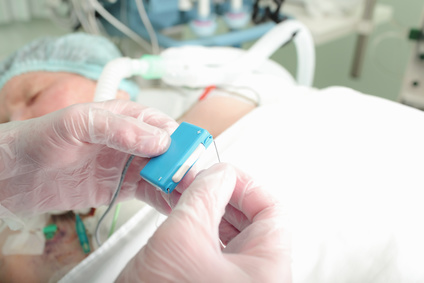One of the main complications of alcohol septal ablation (ASA) is the alteration in the conduction system, which could lead to permanent pacemaker (PPM) implantation. This is mainly due to the relationship between septal perfusion and the conduction system (especially the right bundle branch). The incidence reported in the literature is 7% to 20% of all cases.

The aim of this research was to determine the short- and long-term endpoints of patients who required PPM implantation for high-grade atrioventricular block after ASA. Data from the multinational Euro-ASA Registry were analyzed.
Patients with PPM were studied and propensity score matching was conducted to group them and compare them with subjects without device implantation.
The endpoints analyzed were 30-day all-cause mortality, all-cause mortality at the long-term follow-up, long-term functional class, long-term outflow tract gradient, and reintervention rate. The mean follow-up was 4.9 years.
The PPM implantation rate was 9.4% at 30 days and there was an additional 3.1% at follow-up. The pooled cohort comprised 278 patients; 139 in the PPM arm and 139 in the non-PPM arm. Mortality at 30 days was 0.4%, with no significant differences between groups. Patients with PPM generally presented previous bundle branch block (p = 0.01), were treated with a higher dose of alcohol (p = 0.03), and had a more marked gradient reduction (p ≤ 0.01).
Read also: Is Right Ventricle-Pulmonary Artery (RV-PA) Coupling Important in Low Risk TAVR?
The multivariate analysis identified age and the presence of previous bundle branch block as predictors of all-cause mortality.
The baseline predictors of PPM implantation were higher age range, worse functional class, higher alcohol dose, and the presence of previous block.
Conclusion
In the Euro-ASA Registry, PPM implantation did not lead to higher mortality. Considering that these are data obtained from a large registry, the sample of 278 patients was limited, which is an important hypothesis generator.

Dr. Omar Tupayachi.
Member of the Editorial Board of SOLACI.org.
Subscribe to our weekly newsletter
Get the latest scientific articles on interventional cardiology




